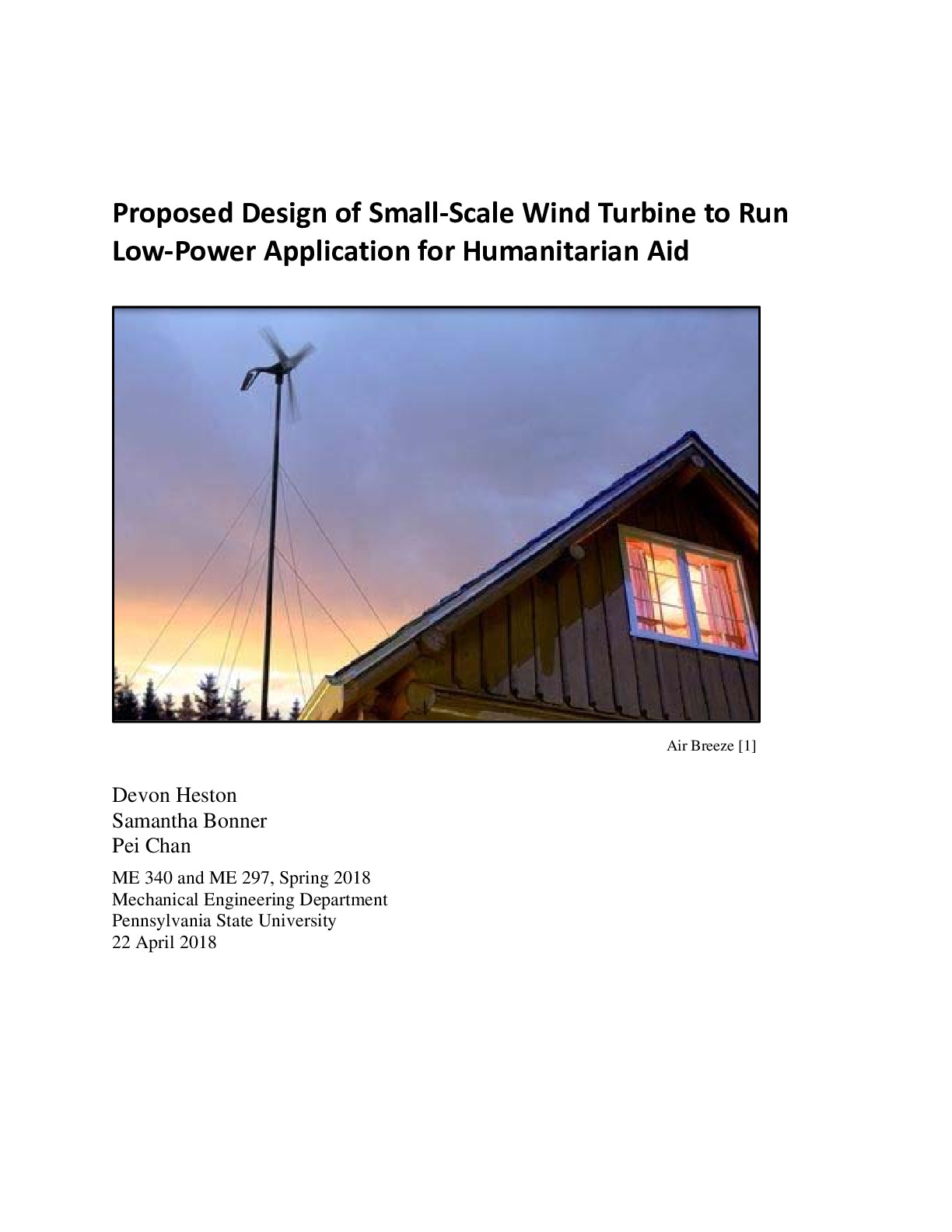Assignment 2: Report – Translating research into evidence-based practice
Document Content and Description Below
NURS636 Evidence-Based Practice Nursing and Midwifery Assignment 2: Report – Translating research into evidence-based practice Team/Individual task: Individual Word/time limit: 1200 words Wei ... ghting: 60% Evidence-based practice is the provision of quality nursing care that is supported by reliable and research-based evidence. For this assignment, you will be required to write a 1200-word report that identifies: • the facilitators to achieve compliance with evidence-based nursing or midwifery practice • the barriers that may impede the implementation of evidence-based nursing or midwifery practice • strategies for sustaining adherence to evidence-based practice in healthcare. Assignment details The aim of this assessment is to assess students’ understanding of the facilitators and barriers to achieving evidence-based practice, and strategies for sustaining adherence beyond the initial implementation period. Read through the following information to understand and meet the requirements of this assignment: Step 1: Literature search As a starting point, conduct a journal search on the facilitators, barriers and strategies related to evidence-based practice. Step 2: Collect evidence to respond to the key areas Using the literature you have found, collect evidence to respond to the following questions: 1. Discuss the facilitators to achieve compliance with evidence-based nursing or midwifery practice 2. Describe the barriers that may impede the implementation of evidence-based nursing or midwifery practice 3. Provide strategies for sustaining adherence to evidence-based practice in healthcare Step 3: Structure and write your report Using your responses to the key areas and your supporting evidence prepare a report. Your report should consist of the following sections. Introduction Your introduction should introduce the significance of evidence-based practice in providing quality nursing care and briefly preview the key areas to be discussed in your report (25 words). Body The body of your report should contain a discussion that answers the following three key areas: • The facilitators to achieving compliance with evidence-based nursing and midwifery practice (400 words). • The barriers that may impede the implementation of evidence-based nursing or midwifery practice (350 words). • The strategies for sustaining adherence to evidence-based practice in healthcare (400 words). Conclusion Your conclusion should briefly summarise the key findings from your report (25 words). Reference list Note: The reference list is not included in the word count. Supporting documents Reading articles You can use these articles for your report writing but must also search literature widely and provide your own references. To expand your research beyond this list, access scholarly references including journal articles and books from the library: • Person-centered care approach to prevention and management of falls among adults and aged in a Brazilian hospital: a best practice implementation project (Albertini et al., 2023). • Implementation science: What is it and why should I care? (Bauer & Kirchner, 2020). • The realities of practice change: Nurses' perceptions (Arsenault Knudsen et al., 2021). • Getting a clinical innovation into practice: An introduction to implementation strategies (Kirchner et al., 2020). • Strategies for the implementation of best practice guidelines in operating theatres: An integrative literature review (Owolabi et al., 2021). • Implementation Strategies to Improve Evidence-Based Bathing Practices in a Neuro ICU (Reynolds et al., 2019). • Barriers and Facilitators to Implementing Evidence-Based Guidelines in Long-Term Care: a Qualitative Evidence Synthesis (McArthur et al., n.d.). • Use and effects of implementation strategies for practice guidelines in nursing: a systematic review (Cassidy et al., 2021). • Clinical nurses’ beliefs, knowledge, organizational readiness and level of implementation of evidence-based practice: The first step to creating an evidence-based practice culture (Yoo et al., 2019). • Implementing Evidence Based Practice nursing using the PDSA model: Process, lessons and implications. (Katowa-Mukwato et al., 2021). • Evidence-based practice Knowledge, attitudes, implementation, facilitators, and barriers among community nurses—systematic review. (Li et al., 2019). • JBI's approach to evidence implementation: a 7-phase process model to support and guide getting evidence into practice (Porritt et al., 2023). • Pressure injury prevention in the operating unit of a Swiss university hospital: a best practice implementation project (Perrenoud et al., 2023). • Implementation of evidence-based practice: The experience of nurses and midwives (Dagne et al., 2021). • Evidence-based practice in perioperative nursing: Barriers and facilitators to compliance (Ramage, & Foran, 2023). • Barriers and facilitators to the implementation of midwife-led care for childbearing women in low- and middle-income countries: A mixed-methods systematic review (San Duaso et al., 2023). • The Effectiveness of an Evidence-Based Practice (EBP) Educational Program on Undergraduate Nursing Students’ EBP Knowledge and Skills: A Cluster Randomized Control Trial (Cardoso et al., 2021). • Nurses' experience of integrating evidence-based changes into their practice: A qualitative study (Khoddam et al., 2023). Assignment criteria 1. Introduction identifies the significance of evidence-based practice in providing quality nursing care and brief preview of key areas to be discussed in the report 2. Discuss the facilitators to achieve compliance with evidence-based nursing or midwifery practice 3. Describe the barriers that may impede the implementation of evidence-based nursing or midwifery practice 4. Provide strategies for sustaining adherence to evidence-based practice in healthcare 5. The conclusion provides a summary of the key findings from the report 6. Report format and academic writing style 7. Referencing: In-text and reference list. Grading Rubric Criteria No Pass Pass 50–64% Credit 65–74% Distinction 75–84% High Distinction 85–100% Introduction identifies the significance of evidence-based practice in providing quality nursing care and brief preview of key areas to be discussed in the report Poor or absent introduction that fails to identify the significance of evidence-based practice in providing quality nursing and midwifery care and brief preview of key areas to be discussed in the report. Satisfactory introduction that satisfactorily identifies the significance of evidence-based practice in providing quality nursing care and brief preview of key areas to be discussed in the report. Good introduction and good identification of the significance of evidence-based practice in providing quality nursing care and brief preview of key areas to be discussed in the report. Very good introduction that clearly and concisely identifies the significance of evidence-based practice in providing quality nursing and midwifery care and brief preview of key areas to be discussed in the report. Exceptional introduction with outstanding identification of the significance of evidence-based practice in providing quality nursing and midwifery care and briefly previews the key areas to be discussed. /5 ≤2 2.5–3 3.5 4 4.5–5 Discuss the facilitators to achieve compliance with evidence-based nursing or midwifery practice Minimal or absent discussion of facilitators to achieve compliance with evidence-based nursing or midwifery practice. Absent or inadequate substantiation from relevant current high-quality academic (peer-reviewed) literature. Satisfactory discussion of facilitators to achieve compliance with evidence-based nursing or midwifery practice. Adequate substantiation from relevant current high-quality academic (peer-reviewed) literature. Good discussion of facilitators to achieve compliance with evidence-based nursing or midwifery practice. Good substantiation from relevant current high-quality academic (peer-reviewed) literature. Very good discussion of facilitators to achieve compliance with evidence-based nursing or midwifery practice. Very Good substantiation from relevant current high-quality academic (peer-reviewed) literature. Exceptional discussion of facilitators to achieve compliance with evidence-based nursing or midwifery practice. Expert substantiation from relevant current high-quality academic (peer-reviewed) literature. /30 ≤14.5 15–19 19.5–22 22.5–25 25.5–30 Describe the barriers that may impede the implementation of evidence-based nursing or midwifery practice Absent or inadequate description of the barriers that may impede the implementation of evidence-based nursing or midwifery practice. Satisfactory description of the barriers that may impede the implementation of evidence-based nursing or midwifery practice. Good description of the barriers that may impede the implementation of evidence-based nursing or midwifery practice. Very good description of the barriers that may impede the implementation of evidence-based nursing or midwifery practice. Exceptional description of the barriers that may impede the implementation of evidence-based nursing or midwifery practice. /20 ≤9.5 10–12.5 13–14.5 15–16.5 17–20 Provide strategies for sustaining adherence to evidence-based practice in healthcare Absent or inadequate strategies and rationale for sustaining adherence to evidence-based practice in healthcare. Satisfactory strategies and rationale for sustaining adherence to evidence-based practice in healthcare. Good strategies and rationale for sustaining adherence to evidence-based practice in healthcare. Very good strategies and rationale for sustaining adherence to evidence-based practice in healthcare. Exceptional strategies and rationale for sustaining adherence to evidence-based practice in healthcare. /30 ≤14.5 15–19 19.5–22 22.5–25 35.5–30 The conclusion provides a summary of the key findings from the report The conclusion is absent, or provides an inadequate summary of the key findings from the report. The conclusion provides a satisfactory summary of the key findings from the report. The conclusion provides a good summary of the key findings from the report. The conclusion provides a very good summary of the key findings from the report. The conclusion provides an exceptional summary of the key findings from the report. /5 ≤2 2.5–3 3.5 4 4.5–5 Report format and academic writing style Section headings not provided and poor presentation and layout. Poor writing style with repeated errors in expression, sentence structure, paragraph structure, spelling and punctuation that impede meaning. Section headings provided. Satisfactory layout and effective writing style and use of language. Minor errors in grammar, punctuation, sentence construction, paragraph construction or spelling. Section headings provided. Good layout and effective writing style and use of language. Very few errors in grammar, punctuation, sentence construction, paragraph construction or spelling. Section headings provided. Very good layout, writing style and use of language. No errors in spelling, grammar, punctuation or writing style. Section headings provided. Outstanding, publishable level of writing style, and use of language. /5 ≤2 2.5–3 3.5 4 4.5–5 Referencing: In-text and reference list. Referencing style is used correctly for both in-text citations and the reference list. A minimum of five (5) references are used. References must be current within the last five (5) years. Poor or absent citations in-text and/or in final reference list not following APA 7th edition referencing style. Less than five (5) references were used and/or not within the last five (5) years. Some referencing style errors, but generally satisfactory. Following designated APA 7th Ed. conventions both in-text and in final reference list. Five (5) references or more were used. Most references were within the last five (5) years. Good referencing both in text and in final reference Iist according to designated APA 7th Ed. with only minor errors for in-text referencing or reference list. Five (5) or more references were used. All references were within the last five (5) years Very good referencing according to designated APA 7th Ed. with only minor errors for in-text referencing or reference Iist. Five (5) or more references were used. All references were within the last five (5) years. Flawless referencing both in text and in final reference list according to designated APA 7th Ed. for both the in-text citations and the reference list. Five (5) or more references were used. All references were within the last five (5) years. /5 ≤2 2.5–3 3.5 4 RECOMMENDED REFERENCES (Plus the provided above) Benham, J. L., Lang, R., Burns, K. K., MacKean, G., Leveille, T., McCormack, B., Sheikh, H., Fullerton, M. M., Tang, T., Boucher, J.-C., Constantinescu, C., Mourali, M., Oxoby, R. J., Manns, B. J., Hu, J., & Marshall, D. A. (2021). Attitudes, current behaviours and barriers to public health measures that reduce COVID-19 transmission: A qualitative study to inform public health messaging. PLOS ONE, 16(2) [Show More]
Last updated: 1 year ago
Preview 2 out of 4 pages

Loading document previews ...
Buy this document to get the full access instantly
Instant Download Access after purchase
Buy NowInstant download
We Accept:

Reviews( 0 )
$15.50
Can't find what you want? Try our AI powered Search
Document information
Connected school, study & course
About the document
Uploaded On
Jul 05, 2024
Number of pages
4
Written in
All
Additional information
This document has been written for:
Uploaded
Jul 05, 2024
Downloads
0
Views
95

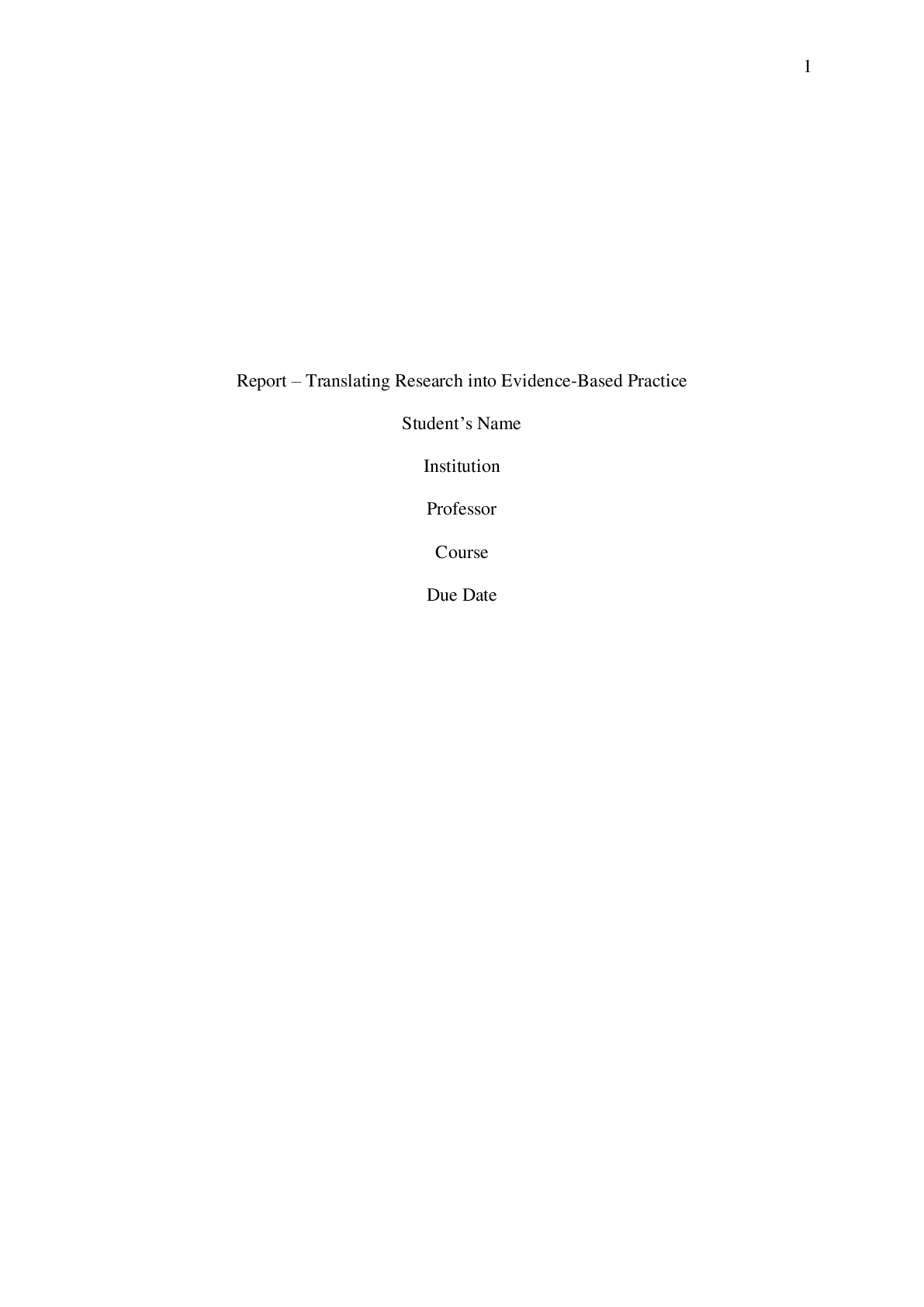



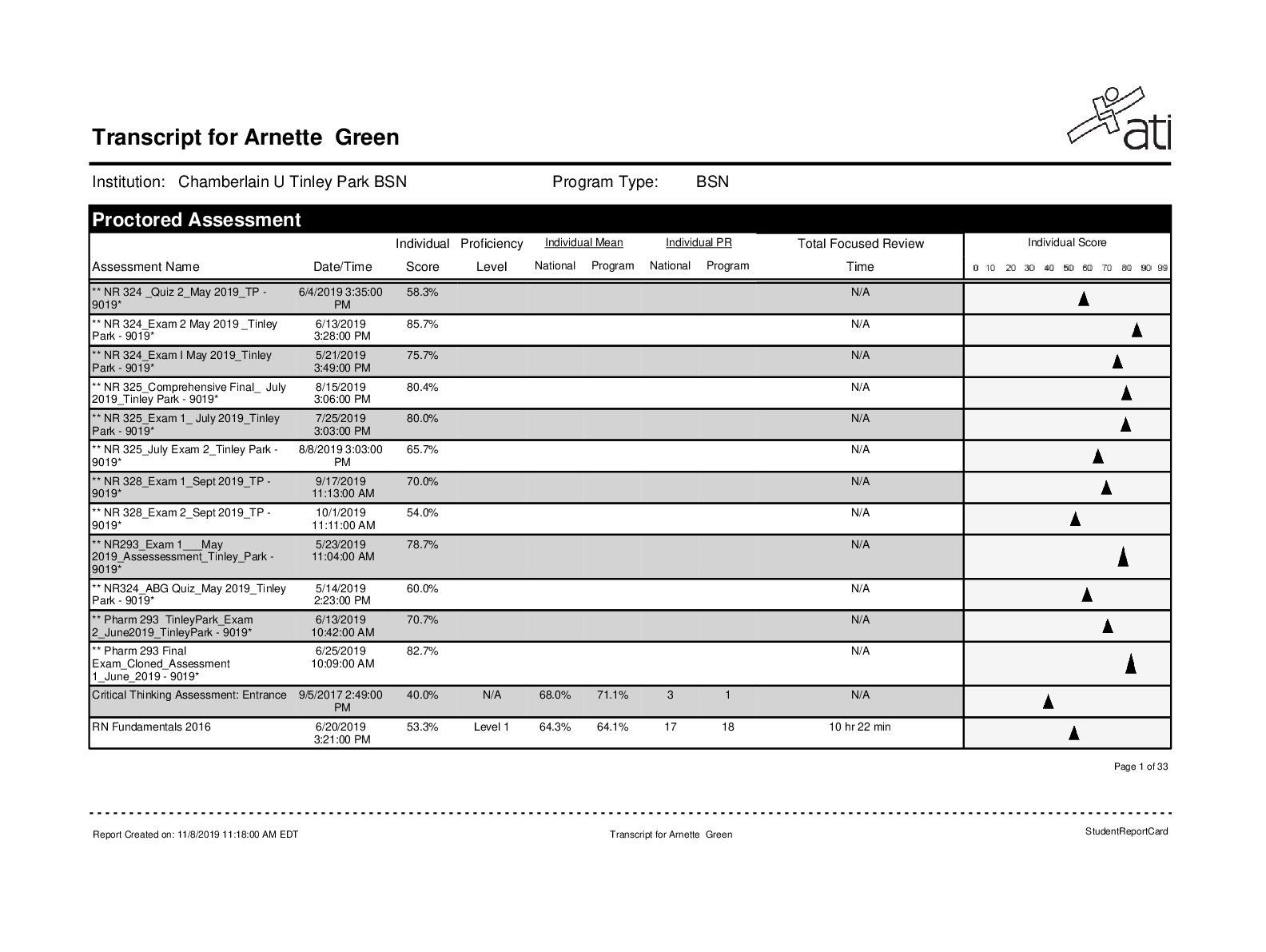

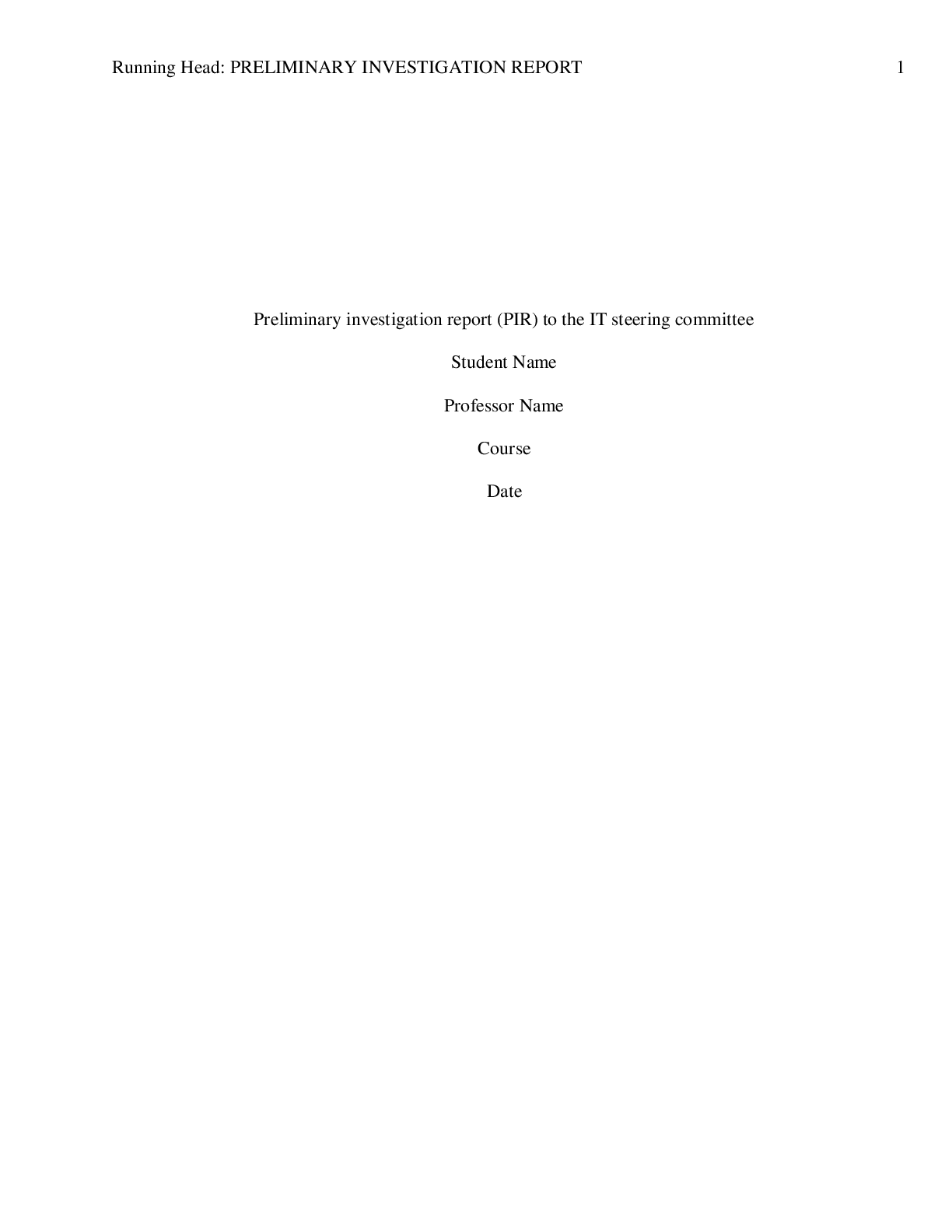
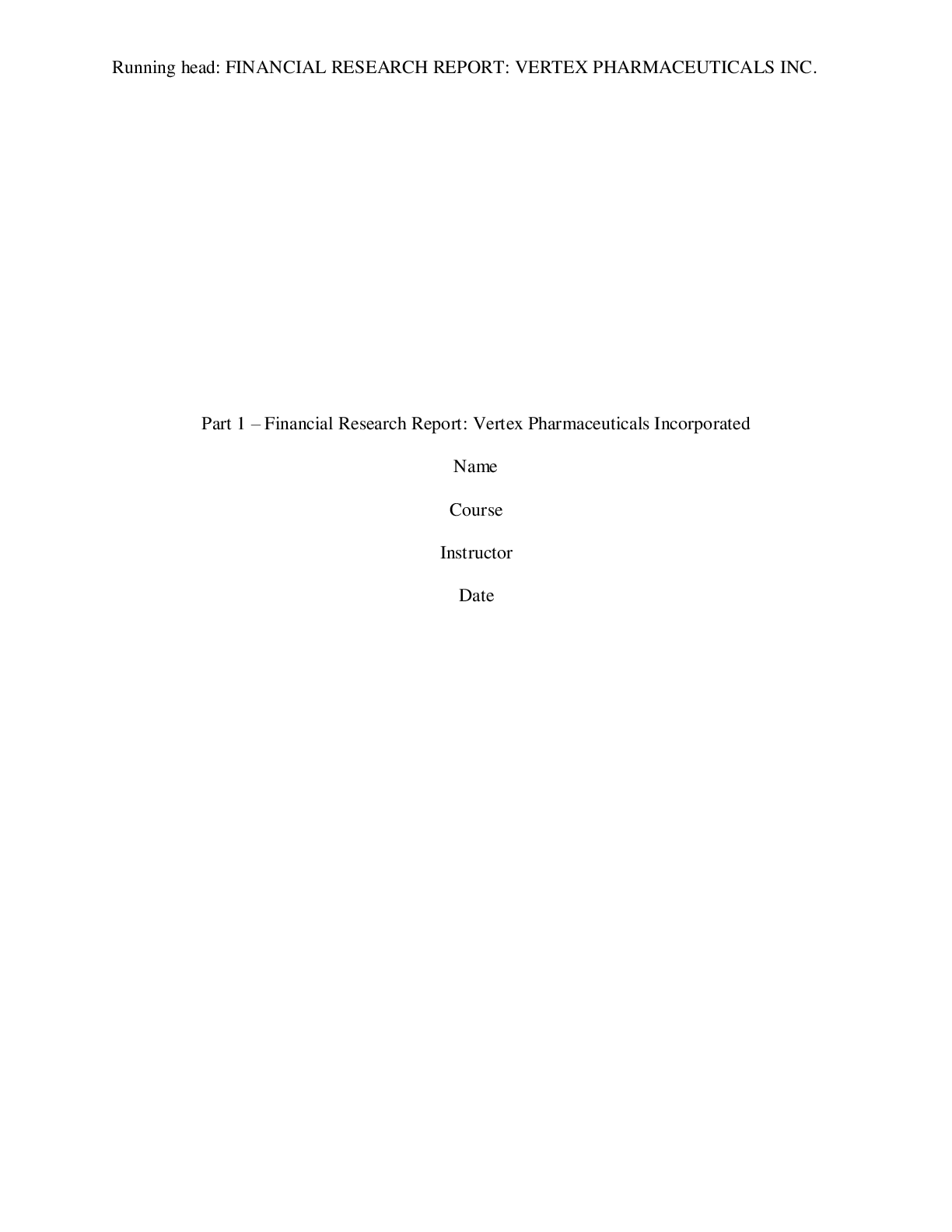
.png)


